1. 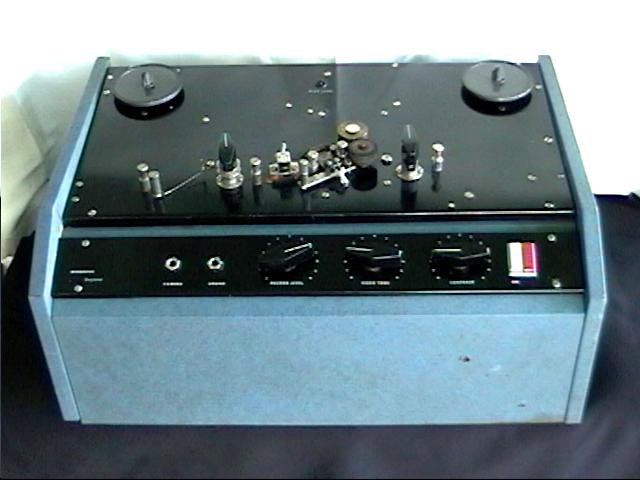 2.
2. 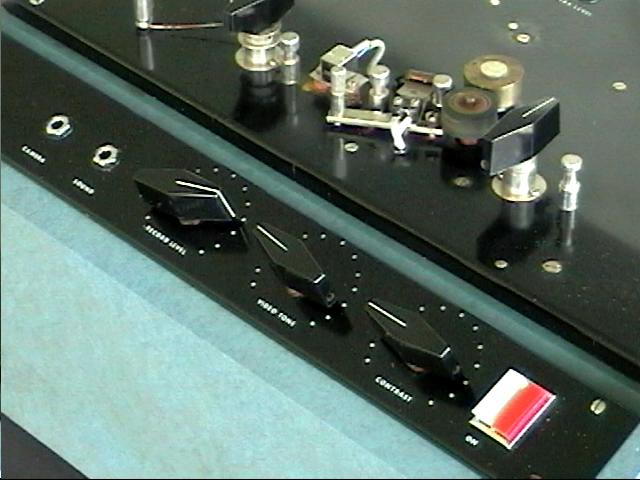
3. 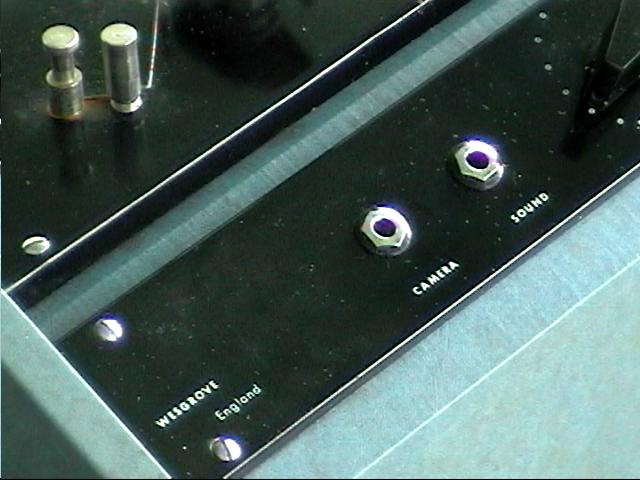 4.
4. 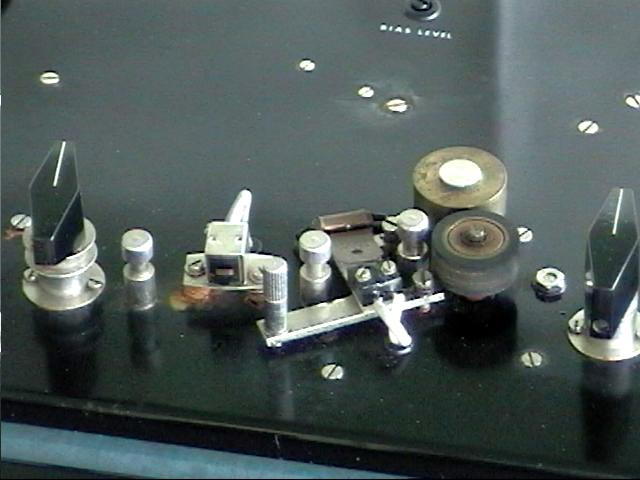
5. 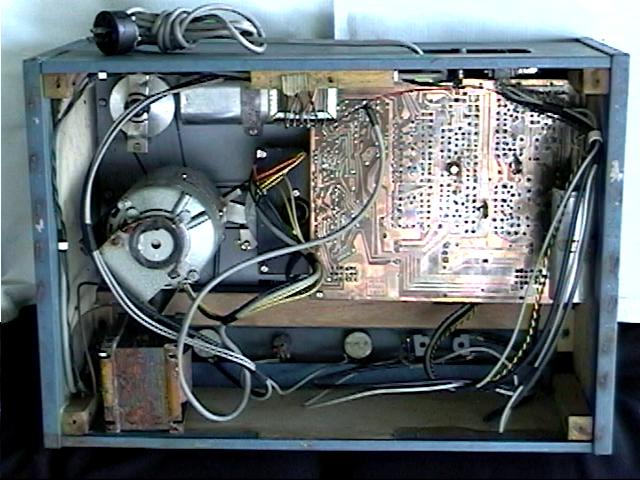
6. 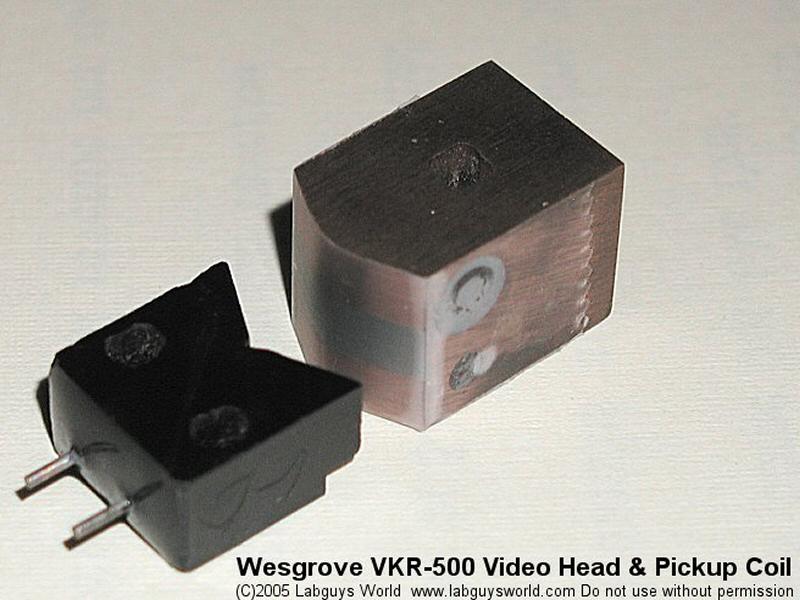 |
Wesgrove VKR-500:
This was a kit VTR from England, introduced in 1964. The kit sold for $392.00,
assembled for approximately $500. It ran at 3 speeds: 90, 120 & 150
IPS. Primitive SP, EP & SLP? To make the tape run smoothly over the
record head, the head is heated with a large two watt resistor! I have
no further information about this machine. It is currently being restored
by John Fletcher. He recently obtained it at a ham radio swap meet. Photos:
John Fletcher.
Note to John Fletcher: If
you check these pages, please send me an email. Rich Jan 9, 05
NEW! 050303 - (Refer to
photo #6)
I was recently introduced
to Brian Smith, the mechanical engineer at Wesgrove in the glory days of
1963. He provided this unused video head assembly to the museum. The head
consists of a copper alloy block into which is embedded a very thin mu
metal strip. This head is fabricated from two halves that mated together
to form the whole. Placed between them, as separator, is a sheet of hand
beaten aluminum foil only 4/1,000,000 of an inch thick! This forms the
precise gap width necessary for the head to function. The electromagnetic
coil assembly, the black object with two electrical contacts protruding,
is separate from the gap forming magnetics in this design. I tiny ferrite
ring is used. A gap is cut through it, making it resemble the letter C.
Onto this c-core, 16 turns of AWG 39 wire are wrapped opposite the gap.
The ends of this coil are attached to the contact posts and the entire
item is potted in plastic. When energized, the coil of wire induces magnetic
force in the ferrite ring. Where the gap is cut, this field abruptly exits,
crosses space and physically couples with the mu metal strips, inducing
an identical field, albeit much much smaller, across the recording gap.
All I can say, is this
is a brilliant bit of engineering. Inspired for sure. To make this video
recorder more fascinating is that the video signal, though heavily processed,
was essentially fed directly to this video head and later recovered using
the exact same head. This was precisely the problem that was solved at
Ampex with the introduction of the FM recording method. Unfortunately,
this head had an upper limit that was probably less than 2 Mhz. To record
FM would require around three times that.
Another thing to note
about the Wesgrove machine. It was very difficult to make the tape float
smoothly over the head at 150 IPS. At these speeds, the tape behaves like
a violin bow over a string. It vibrates violently which modulates the video
playback, severely impairing the image. It was found that heating the head
would reduce this effect. I doubt it could be good for the tape, but there
were no studies on tape longevity with this system. |